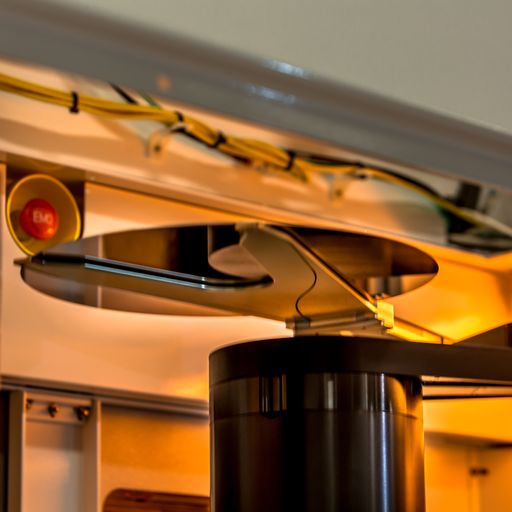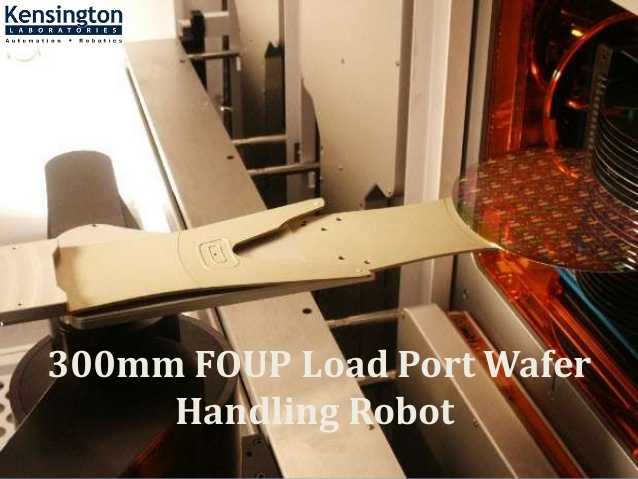How the Right Wafer Handling End-Effector Boosts Robotic Productivity?
End effectors are necessary for manipulators and robotic arms to accomplish their intended functions. They allow wafer handling end effector to engage with a subject by attaching to manipulator arms or a robot's wrist. These parts are perfect for assembly, pick-and-place, and machine-tending applications because operators frequently use gripper end effectors to raise and handle specific objects using robotic machinery. End effectors for robotics or manipulators are used in operations to enhance safety protocols or eliminate any worries about using this equipment.
Types of End-Effectors
Depending on the intended application, operations may use various end effectors to carry out specific duties.
Robotic Process Tools
Robotic Welding: Robot arms with welding end effectors, which are most frequently used in the automotive sector, are commonly used in applications. Robotic welding systems typically deliver excellent outcomes due to their accuracy and consistency.
Painting: It can be challenging for human workers to apply paint consistently and smoothly. Painting machines are a good fit for these circumstances because they can produce high-quality paintwork while lowering the risk of contamination. These uses must also provide contamination protection in a controlled setting.
Robotic Grippers
Robotic grippers are further classified into different categories, which are as follows:
- Pneumatic grippers
- Magnetic grippers
- Electric grippers
- Mechanical grippers
- Suction cups
Robotic Sensors
Robots can also be connected to sensors to make programmable sensor-orientation devices. Robotic inspection and other applications utilize these to reduce inspection engineers' hands-on time they would otherwise expend gathering data.
Applications of End Effectors
Some of the potential applications of end effectors are as follows:
Pick & Place
These activities entail picking up and moving things like wafers to new locations. Regardless of the object's material or fragility, these applications frequently demand careful handling and precision motion control when manipulating the object.
Quality Testing & Inspection
Products must be tested rigorously and subjected to consistent force after production. Human workers may find it challenging to maintain constant tension, pressure, and general precision, but robotics equipped with the right end effectors make it simple to program these jobs.
Packaging & Palletizing Processes
These processes include pallet forming, product loading, high-speed, and precise packaging assembly. Due to the requirement to handle frequently fragile materials with a balance of efficiency and care, they are particularly demanding in many applications.
Surface Finishing
Flexible surface finishing activities are necessary, which robotics and end effectors may aid with. Surface finishing is a particularly messy production operation, so automating it with the appropriate programmable equipment is excellent.
Assembly Operations
In the industrial process known as assembly, machines assemble items by sequentially adding each component one at a time. The robot's or manipulator's end effector often handles objects of varied sizes and forms while carrying out these operations.
End-Effectors at Kensington Laboratories
Choosing the appropriate robotic and manipulator systems and the appropriate wafer-handling end effector for each application is critical. Kensington Laboratories offers customized mechanical, motorized, and manual end effectors based on your unique needs.



Comments
Post a Comment